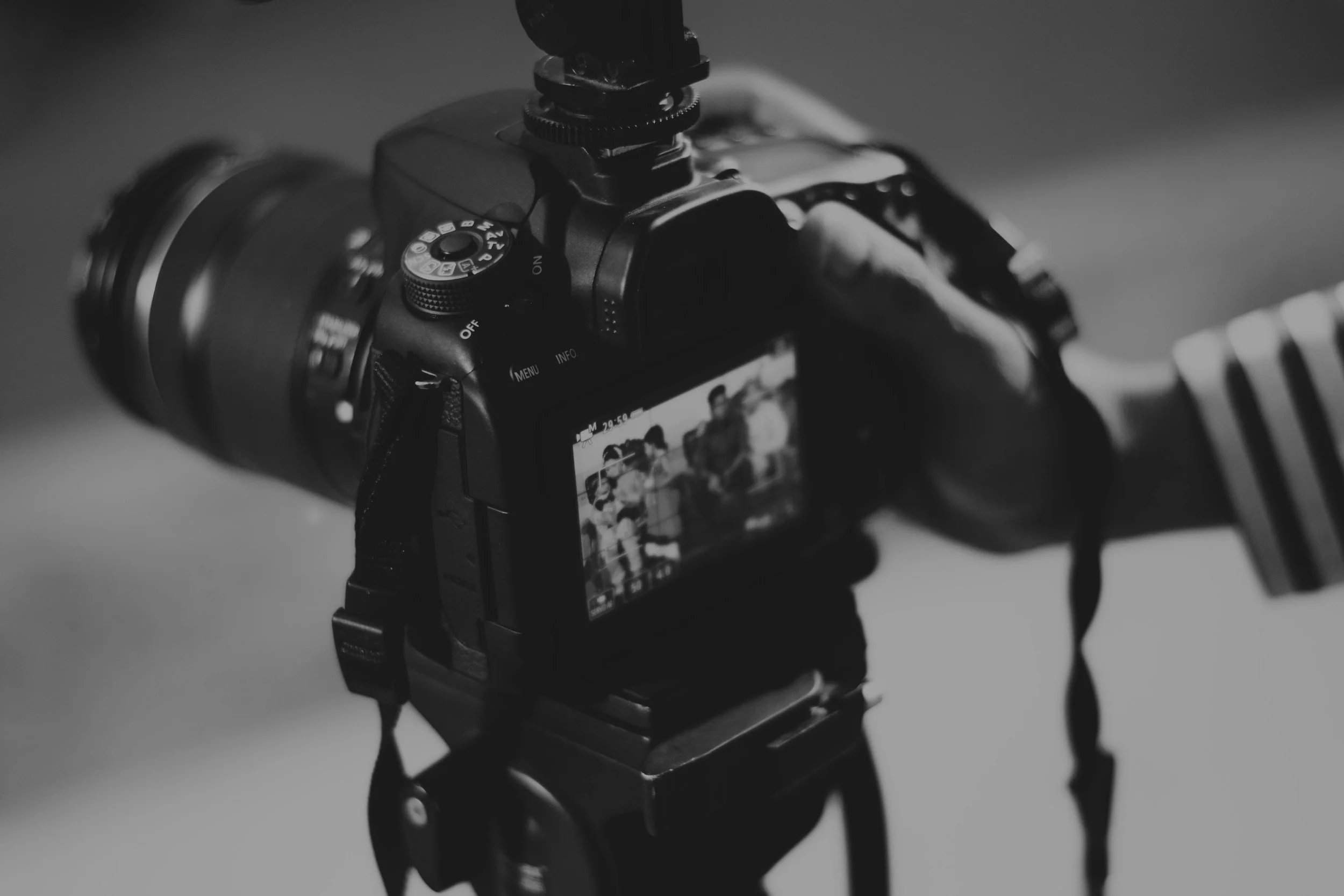Arts-Based Research: Visual and Video Methods
Written by Kenneth Haggett
Photo by Michael Burrows on Pexels
What are Visual Methods?
With the rise of visual media and technology in the late 20th century, researchers began to leverage their benefits, adding a visual element to research. Broadly, across the natural sciences to the social sciences and humanities, visual methods include video, photography, live performance, and other visual representations for gathering and presenting data. Using this data, researchers can generate new forms of knowledge to tell stories about social realities and lived experiences. Video methods, particularly in qualitative or arts-based research, pair well with methodologies that focus on subjective experience and storytelling, including but not limited to (auto)ethnography, autotheory, phenomenology, and community-based research.
For instance, Storm-Mathisen’s (2018) ethnographic research shows how researchers use video recordings to document the cultural context in which they live and study. More importantly, Storm-Mathisen shows how video recordings can be a valuable source of data, primarily when used in conjunction with other methods, such as participant observation and interviews. Video data is similarly used in sociology, psychology, and education to document and study human interactions and behaviour in both children and adults. However, they are also instrumental in disciplines outside the social sciences and humanities, including computer science and marine biology. Across these disciplines, the rise of video technologies has provided researchers with a new tool for collecting, storing, and analyzing data, thereby generating new forms of knowledge.
Video Diaries
One standard visual method within the social sciences and humanities is the video diary, which researchers often use in qualitative research within anthropology, sociology, psychology, and women, gender, and sexuality studies. Video diaries are typically recorded through a camera (or other recording device) provided by the researcher, which participants use to document themselves responding to prompts or recording their point of view throughout the day, as seen in Ruth Holliday’s (2004) research on embodying/performing sexuality and gender in daily life.
While some research uses video diaries to collect data on a particular demographic, others use them to tell stories about their own lives, often in autoethnographic or autotheoretical research. An auto-ethnographic research project using video diaries, for instance, would focus on the researcher’s lived experience within their social and cultural context. As in Holliday’s research, (auto)ethnographic researchers use video diaries to provide visual representations of the socio-cultural context in which they are situated and of their experience within it.
Video Self-Recordings
Video recordings, in general, are a valuable tool for reflection within research. Notably, in Ehrenberg’s (2019) research, video self-recordings are used to help dancers reflect on their kinesthetic and embodied experiences. Rather than using the videos to critique their practice, Ehrenberg shows how video self-recordings can be an instrument for documenting kinesthetic and technical growth and to “re-imagine” how they want to present their choreography.
Video self-recordings also allow researchers to retrospectively and visually reflect on themselves, including their behaviour and embodiment in daily life or in their (dance) practice. For instance, in my own research on gender embodiment and dance, video recordings of drop-in classes allow me to reflect on my growth as a dancer and as a gendered body. Using my videos, I trace how particular elements of feminine embodiment become increasingly pronounced over time. Without an archive of videos, made possible through video technology, such a research approach would be difficult—if not impossible!
Why Use Video Methods?
Those unfamiliar with video methods in academic research may wonder why or how this method might be applied. In empirical disciplines, where data is collected and transformed into statistics, video data may seem unproductive or unreliable because of its focus on subjectivity rather than objectivity. However, video methods can be beneficial to gather additional information that may be unavailable through “typical” data collection techniques such as interviews, focus groups, or participant observation. Suppose a researcher records the interview process on video. By video recording an interview rather than audio recording, a researcher can review the interview to identify visual cues—such as body language, gestures, and facial expressions—missed in the moment, thereby facilitating a deeper understanding of participants’ responses.
Moreover, video diaries enable the researcher to gain insight into the daily life of the participant(s), like ethnographic research, without being present during data collection. Accordingly, the researcher can gather (video) data on the participants’ behaviour without the influence of their immediate presence, which might otherwise lead participants to act in ways they believe are favourable to the research. While video diaries do not fully eliminate this concern, they nonetheless allow participants greater independence and freedom in their involvement in the research process, thereby reducing the researcher’s influence.
In other cases, videos are instrumental in research where a visual element is a core piece of the research process, such as being a key finding or result. In cases where choreography is a piece of data within a research process—or is considered a final “result”—the researcher might opt to represent the data visually; video is thus essential for sharing a key component of the study.
From video diaries to video self-recordings, visual data has become extremely valuable to scholars across a wide variety of disciplines. While visual methods extend beyond video alone, video technologies have been instrumental in documenting aspects of the social world, human behaviour, embodiment, and creative/artistic projects. By capturing elements of human experience that are indescribable in text or audio, video methods have opened new ways to generate and share knowledge, highlighting the embodied and visual dimensions of research. In my next article, I explore these ideas further by examining research processes within the performing arts, with later articles focusing on other creative forms of research such as journaling and writing (auto)theory.


